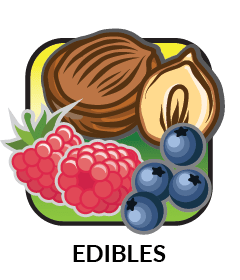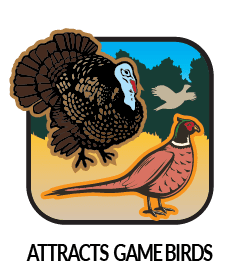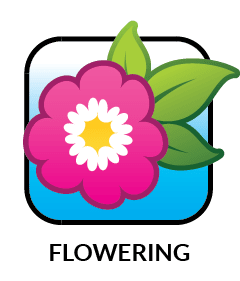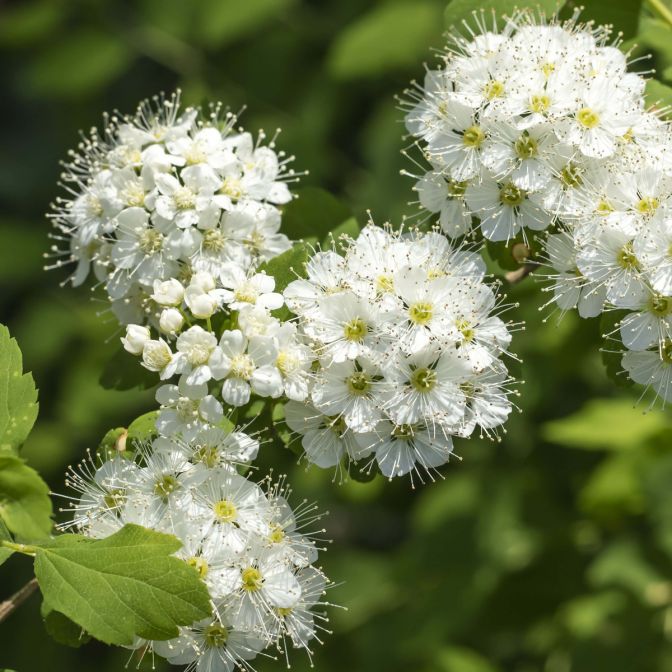Nannyberry Viburnum
Plant Type: Dormant, bare-root
Zones: 2-8
Soil Type: Clay & Loamy Soils
Site Selection: Full Sun, Partial Sun
Mature Height & Width: 15-25'' Height and 6-12' Spread
Growth Rate: Moderate - 12-24" per year once established
Moisture Requirements: Average to moist but well drained soils






Nannyberry Viburnum
Viburnum lentago
Arching branches of glossy green leaves adorn this multi-stem shrub which can be pruned to a small single-trunk tree. In late spring, showy flat-topped clustering white flowers attract pollinators. Sweet blue-black autumn berries are tasty fresh. Deep red fall foliage. Berries frequently persist into winter and are enjoyed by many types of birds and small mammals. This versatile viburnum is suitable for many planting applications. Apt to sucker, Nannyberry is excellent for naturalizing in moist areas, near stream banks, or in low wooded areas. Sturdy shrub for borders, hedge, or screen. Tolerant of air pollution.
Favored by nanny goats, Viburnum lentago is commonly known as Nannyberry. Also known as sheepberry, over ripe fruit smells like wet sheep wool. Very winter hardy, adaptable to most any type of site. Hanging branches reaching the ground may root, or layer. Naturalize to form a thicket.
Sturdy shrub for borders, a hedge or screen. Fine for naturalizing, apt to suckering. White Spring flowers. Its edible blue-black autumn berries are enjoyed by many birds and small mammals. The arching branches of the Nannyberry Viburnum are glossy green foliage and turn deep red in the fall. Sun to part shade, tolerates air pollution.
Common uses for the Nannyberry Viburnum:
- Screen or tall hedge
- Shrub border
- Native plantings
- Naturalizing
The fruit of the Nannyberry Viburnum is enjoyed by cedar waxwings, brown thrashers, ruffed grouse, chipmunks and squirrels. The foliage is a host to moth and butterfly caterpillars. Various birds will shelter within the foliage of this shrub.

